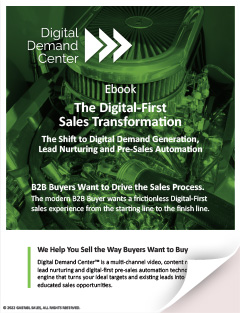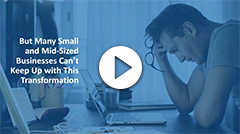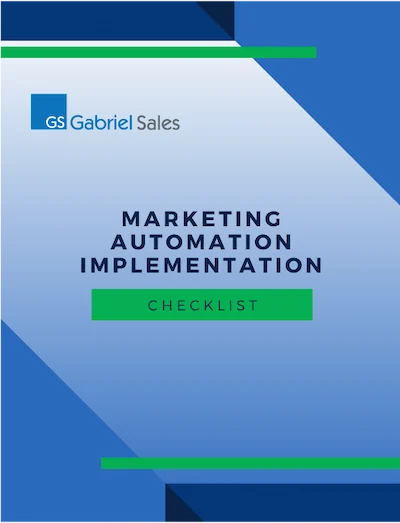 Marketers obviously have good intentions with their content marketing strategy, but what they produce often ends up missing the mark.
Marketers obviously have good intentions with their content marketing strategy, but what they produce often ends up missing the mark.
For example, you may only care about the business benefits of a solution, but the content you are sent is a high level technical overview. Or, you are just trying to quickly learn the basics about something, and the only content offered is a 20-page white paper.
Experiences like this can be frustrating for the B2B buyer. To them, it seems that there is a disconnect between their needs and your solution. In this day and age, if buyers can’t find the answers they want with relative ease, they are moving on to your competitor.
To solve this problem, here are three steps to creating highly engaging B2B content that converts:
1. Build buyer persona/personas for each type of buyer you sell to.
The first step is taking the time to truly understand your buyer. In B2B sales, this often means understanding the multiple types of buyers that are now involved in the sales process. Each of these buyers may have different needs and concerns, and you need to understand these concerns completely before creating any content. For example, while the CEO may care most about P&L, the HR rep and the IT manager have entirely different concerns.
2. Map out your sales cycle into stages, and create content to match.
With your buyer personas in mind, the next step is mapping out your buying cycle. To keep things simple, break it up into three stages: education, verification and closing. Then, create content for each stage for each of your buyer personas. Ask yourself, if I were an IT manager and knew nothing about X product/service, what would I need to see to feel educated on the basics? Ask yourself the same for the CEO, the marketer or whoever else is involved in the buying process. Then move on to the verification stage, and ask yourself what each type of buyer persona would need to see to verify that you are the best choice among the many alternatives. Again, remember that verification for an executive may look entirely different than verification for someone in marketing. Finally, do the same for closing stage.
3. Use marketing automation to push content at appropriate times.
With your personas and content created, you can use your marketing automation platform to gauge what type of persona each prospect has and where he or she is in their particular buying cycle. By offering each prospect content that speaks to his or her most pressing needs at the appropriate time, your prospects will find your content genuine and valuable and will be much more likely to convert.
By following these steps, your prospects will feel like you understand them, which is the first stage in establishing trust. To learn more about creating quality B2B content, read “5 Reasons Your Content Isn’t Converting”. Please feel free to contact us with any questions.




